This article is about the special pastes used to apply Seal markings.
Colours
The color of high quality seal paste is bright, vivid, and long-lasting. The most common and popular colour is red, but there are different shades of red: generally speaking, dark red is more suitable for big size seals; the more orange red is more suitable for small size seals.
There are also other colours for different purposes. For example, green, black, brown, yellow, white, blue, silver, and gold are also very widely used in China.
Ingredients
Like all other high quality art materials for Chinese painting and calligraphy, seal paste is also handmade with natural materials and Chinese medicine herbs are widely used for seal paste’s production. Also, the recipes for high quality seal paste are still confidential. The basic raw materials used to make seal paste are:
- Artemisia Argyi 艾草, which is commonly known as silvery wormwood or Chinese mugwort,
- Castor oil 蓖麻油, and
- white clay 白陶土.
All these three basic materials are widely used in Chinese medication. Although only three basic raw materials are needed to make seal paste, different grades of seal pastes are added with many other ingredients: high grade seal paste may include valuable materials such as gold, silver, pearl, silk. Because of this the price range is very wide and speciality pastes can even cost 400 USD for 30 grams in China.
Quality
Generally speaking, high quality seal paste should be smooth, fine, and sticky. When you mix the seal paste it should be like stirring thick cream which is fine, sticky, and moderately moist. High quality seal paste would help express the delicacy of the seal’s carving.
- Oil: Although the seal paste includes oil, high quality seal paste should not leave any oily mark on the paper. Control the usage of oil in seal paste production is one of the criteria to decide whether this seal paste is made by skilled craftsman or not.
- Fibre: good paste shall be capable to hold the colour and this capability is attributed to both of the fibre quality and the craftsman’s skill. Good fibre ensures that the seal paste binds easily to the paper and that the colour would last almost last forever. If the seal paste made with natural materials is contaminated, you might see some small hairs in the paste. These small hairs are polluted Artemisia Argyi fibre. However, if the seal paste is used properly, once the damaged fibres are removed, the seal paste’s quality will recover soon.
After millennia of development, the best seal pastes in China are produced in Shanghai 上海, Hangzhou 杭州, Zhang Zhou 漳州, and Su Zhou 苏州. Among the top quality seal pastes are Xi Ling 西泠印社 in Shanghai and Zhangzhou Eight Treasures Seal Paste 漳州八宝印泥, and high quality seal pastes from famous natural colour producer Jiang SiXu Tang 姜思序堂 from Suzhou.
How to Use Seal Paste
- First prepare a flat smooth surface, for example if you are stamping a work of painting or calligraphy on fine Xuan paper, you may use 15 thin sheets of paper or a thin mat under the artwork where you are going to stamp. If the painting surface is not flat, then more sheets of papers or a thicker mat is needed. This will help the seal stamp more clearly.
- When applying seal paste, it is better to press the seal evenly and firmly several times on the seal paste to ensure a good amount of paste is applied to the seal. Different seal materials may require pressing the seal into the paste a little more or less firmly. Whichever case, try to press the seal surface evenly.
- The technique for stamping should vary a little depending on the seal material and paper type:
- If the paper is rough and thick or unsized, normally such paper is quite absorbent. Therefore, it is better to apply seal paste which is more moist. Apply a bit more seal paste on the seal surface, and press gently for long time.
- If the paper is smooth and thin, such as half-sized and sized Xuan paper, normally such paper absorbs less moisture. Therefore, it is better to use seal paste which is slightly drier. Apply less seal paste on the seal surface, and press gently. Do not stamp for long time. Once it is stamped on the painting, then you can lift the seal.
Taking Care of Seal Paste
- Stir the seal paste once every three months; keep it in ceramic bowl; keep it away from metal; keep it warm in winter.
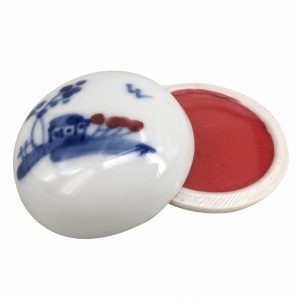
Seal paste is a physical mixture of natural materials, which may separate over time. This applies to all the pastes, regardless of the quality level.
Oil is generally lighter than the other ingredients so a first sign of separation is oil on the surface of the paste. If this happens, it is very important to mix the seal paste again. Otherwise, the oil which separates from the paste may oxidise on exposure to the air and spoil the paste. Therefore, it is highly recommended to stir the seal paste once every few months so that the oil will not get separated from the paste. Also, when the seal paste is not used, it is recommended to keep the seal paste in ceramic bowl and wrap it with cling film for an airtight seal.
Important notes:
- never use metal container to keep seal paste nor use metal tool to stir the paste. The best material to take care of seal paste is bamboo or plastic.
- mix the seal paste like you beat fresh cream: stir it either clockwise or counter-clockwise.
- the seal paste should be kept at a slightly warm temperature. If the temperature is low, you can slightly heat the seal paste first for example using a hair dryer.
Visit the Seal Paste shop
Black Seal Paste
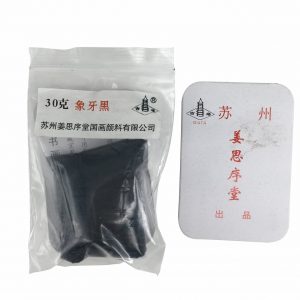 €8.18 (EUR)
€8.18 (EUR)
€8.18 (EUR)
Brand: Jiang SiXu Tang 姜思序堂
Recommend to: Advanced Level, Beginners, Medium Level, Professionals
Suitable for: Chinese Seals
Size: M, L
Product Weight: 30
Black Seal Paste
€8.18 (EUR)
Add
Blue Seal Paste
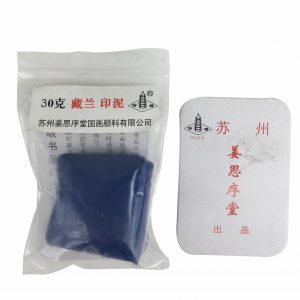 €8.18 (EUR)
€8.18 (EUR)
€8.18 (EUR)
Brand: Jiang SiXu Tang 姜思序堂
Recommend to: Advanced Level, Beginners, Medium Level, Professionals
Suitable for: Chinese Seals
Size: M, L
Product Weight: 30
Blue Seal Paste
€8.18 (EUR)
Add
Brown Seal Paste
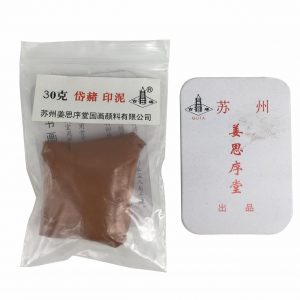 €8.18 (EUR)
€8.18 (EUR)
€8.18 (EUR)
Brand: Jiang SiXu Tang 姜思序堂
Recommend to: Advanced Level, Beginners, Medium Level, Professionals
Suitable for: Chinese Seals
Size: M, L
Product Weight: 30
Brown Seal Paste
€8.18 (EUR)
Add
Ceramic Reservoir/Pot for Seal Paste or Ink
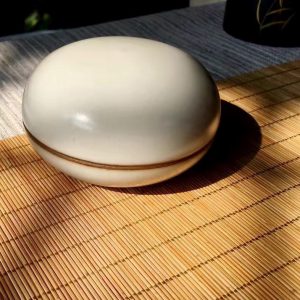 Size: 9 cm diameter. Height: 5 cm. Colour: grey is available immeidately. Designer: Zhou Bo 周波 A small ceramic container designed and crafted by Zhou Bo. It used traditional royal formula from China"s Song Dynasty. Therefore, the surface is very smooth and creamy. It is perfect for keeping seal paste or ink or can be used as a small food container. It…€43.67 (EUR)
Size: 9 cm diameter. Height: 5 cm. Colour: grey is available immeidately. Designer: Zhou Bo 周波 A small ceramic container designed and crafted by Zhou Bo. It used traditional royal formula from China"s Song Dynasty. Therefore, the surface is very smooth and creamy. It is perfect for keeping seal paste or ink or can be used as a small food container. It…€43.67 (EUR)
€43.67 (EUR)
Brand: inkston
Maker: Zhou Bo 周波
Product Size: 9 x 9 x 5 cm
Ceramic Reservoir/Pot for Seal Paste or Ink
€43.67 (EUR)
Add
Green Seal Paste
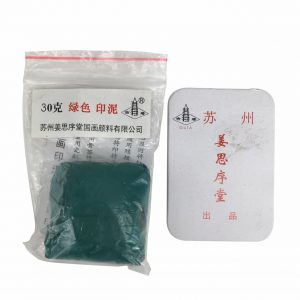 €8.18 (EUR)
€8.18 (EUR)
€8.18 (EUR)
Brand: Jiang SiXu Tang 姜思序堂
Recommend to: Advanced Level, Beginners, Medium Level, Professionals
Suitable for: Chinese Seals
Size: M, L
Product Weight: 30
Green Seal Paste
€8.18 (EUR)
Add
Red Seal Paste
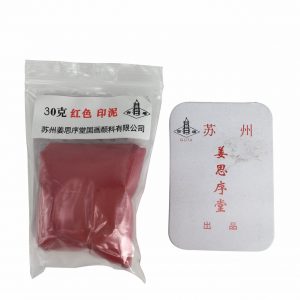 €8.18 (EUR)
€8.18 (EUR)
€8.18 (EUR)
Brand: Jiang SiXu Tang 姜思序堂
Recommend to: Advanced Level, Beginners, Medium Level, Professionals
Suitable for: Chinese Seals
Size: M, L
Product Weight: 30
Red Seal Paste
€8.18 (EUR)
Add
White Seal Paste
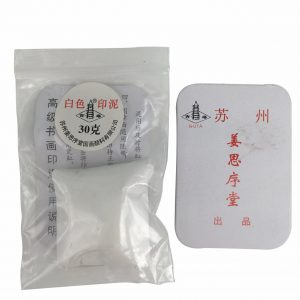 €8.18 (EUR)
€8.18 (EUR)
€8.18 (EUR)
Brand: Jiang SiXu Tang 姜思序堂
Recommend to: Advanced Level, Beginners, Medium Level, Professionals
Suitable for: Chinese Seals
Size: M, L
Product Weight: 30
White Seal Paste
€8.18 (EUR)
Add
Yellow Seal Paste
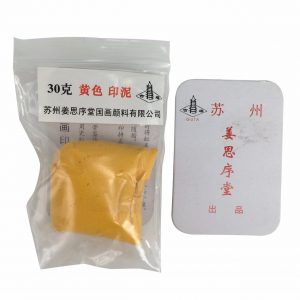 €8.18 (EUR)
€8.18 (EUR)
€8.18 (EUR)
Brand: Jiang SiXu Tang 姜思序堂
Recommend to: Advanced Level, Beginners, Medium Level, Professionals
Suitable for: Chinese Seals
Size: M, L
Product Weight: 30
Yellow Seal Paste
€8.18 (EUR)
Add
贡丹印泥 Deep Red Cinnabar Seal Paste
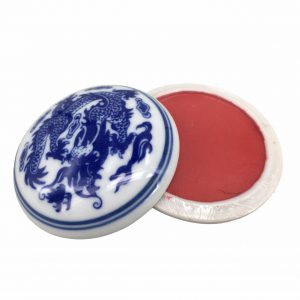 €12.71 – €14.37 (EUR)
€12.71 – €14.37 (EUR)
€12.71 – €14.37 (EUR)
Brand: Jiang SiXu Tang 姜思序堂
Recommend to: Advanced Level, Beginners, Medium Level, Professionals
Suitable for: Chinese Seals
Size: S, M, L, refill
Product Size: [depending on variation]
Product Weight: 20, 50, 17
Shipping size: [depending on variation]
贡丹印泥 Deep Red Cinnabar Seal Paste
€12.71 – €14.37 (EUR)
Choose
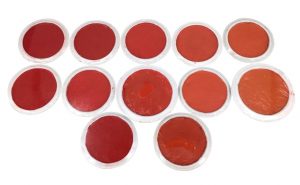
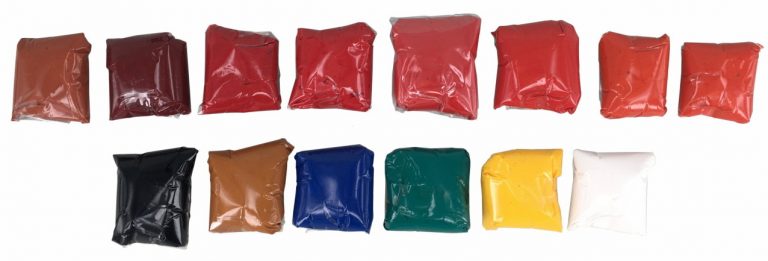
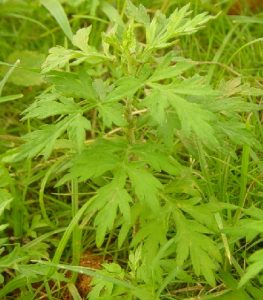
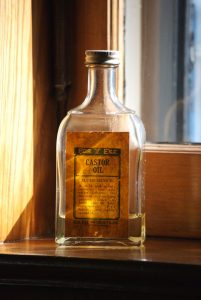

















No comments:
Post a Comment